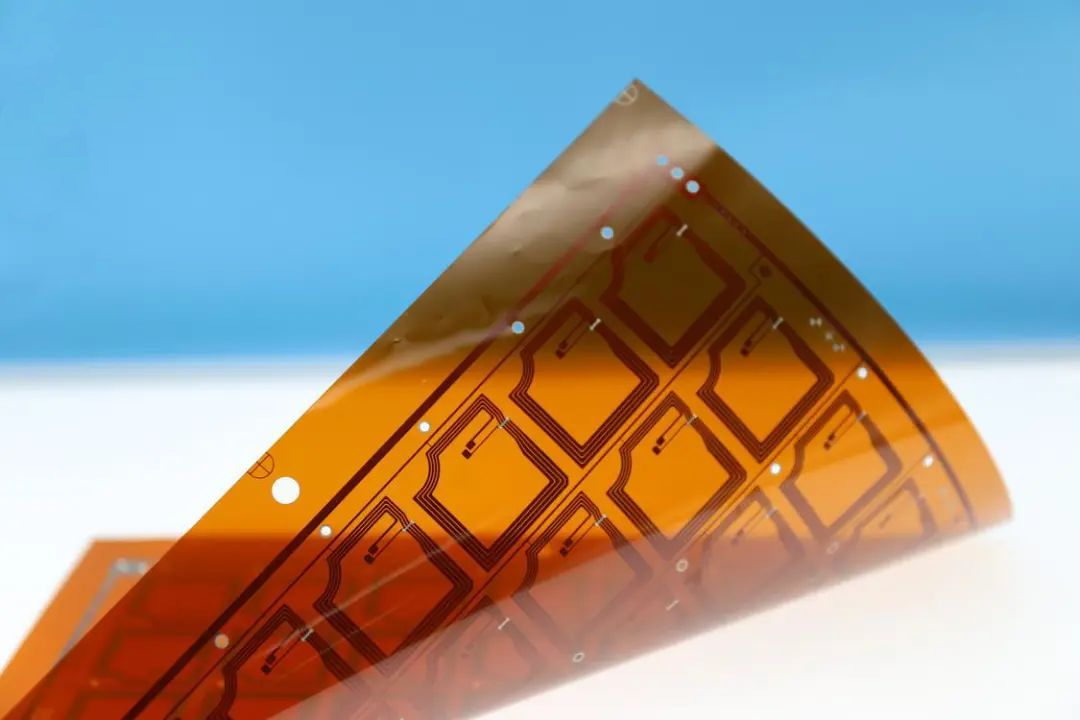Thick film printing technology is suitable for mass production of flexible sensors due to its low cost, high accuracy, and high consistency
What is a flexible sensor? A flexible sensor is a type of sensor made from flexible materials such as polyimide, PET, PVA. Due to its excellent flexibility and ductility, it is widely used in environmental monitoring (temperature sensors), healthcare (subcutaneous blood glucose devices), aerospace, radio frequency identification (RFID), electronic skin, sports equipment, and more.
Flexible sensors are diverse in variety to meet the growing demand for refinement.
According to the classification of purposes, flexible sensors include flexible pressure sensors, flexible gas sensors, flexible humidity sensors, flexible temperature sensors, flexible strain sensors, flexible magnetic impedance sensors, and flexible heat flow sensors.
According to the classification of perception mechanisms, flexible sensors include flexible resistive sensors, flexible capacitive sensors, flexible piezoelectric magnetic sensors, and flexible inductive sensors. Printed circuit is the key to manufacturing flexible sensors, and its principle is to print the circuit to achieve circuit interconnection.The commonly used methods for printing electronics include inkjet, lithography, thick film screen printing, etc. The cost of inkjet printing method is not high, and initial process testing and optimization are still needed in specific application scenarios; The cost of lithography is high, and the lithography process requires a longer preparation time and complex process steps, which may also require professional operations and specialized knowledge of the lithography process. Thick-film screen printing is currently the most commonly used and mature printing technology for flexible sensors. It offers low printing costs, short production cycles, and enables batch production with high consistency. It allows for the easy replacement of screens to accommodate different product patterns, offering strong adaptability. Additionally, its high precision in layering enables better flexibility and stretchability of the printed sensors.
Printed circuit is the key to manufacturing flexible sensors, and its principle is to print the circuit to achieve circuit interconnection.The commonly used methods for printing electronics include inkjet, lithography, thick film screen printing, etc. The cost of inkjet printing method is not high, and initial process testing and optimization are still needed in specific application scenarios; The cost of lithography is high, and the lithography process requires a longer preparation time and complex process steps, which may also require professional operations and specialized knowledge of the lithography process. Thick-film screen printing is currently the most commonly used and mature printing technology for flexible sensors. It offers low printing costs, short production cycles, and enables batch production with high consistency. It allows for the easy replacement of screens to accommodate different product patterns, offering strong adaptability. Additionally, its high precision in layering enables better flexibility and stretchability of the printed sensors.

